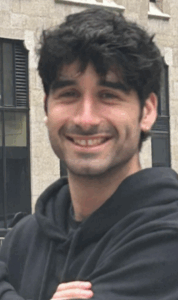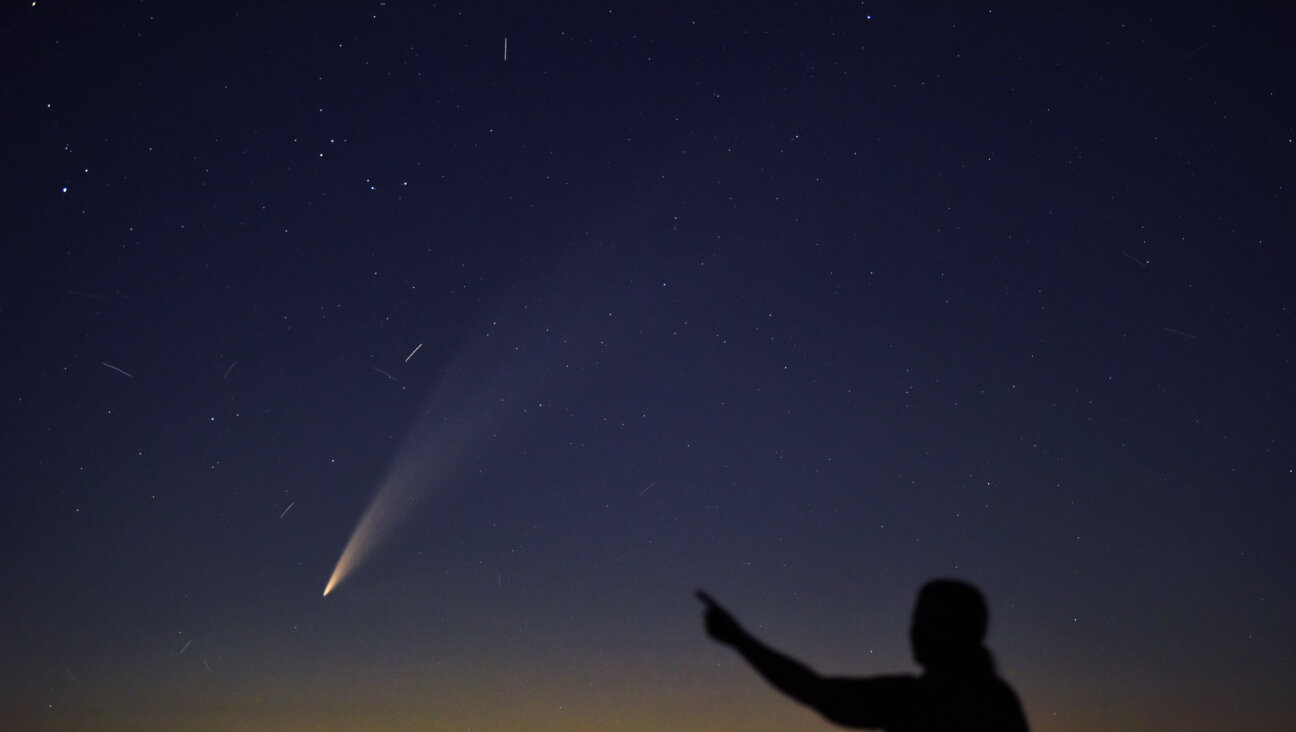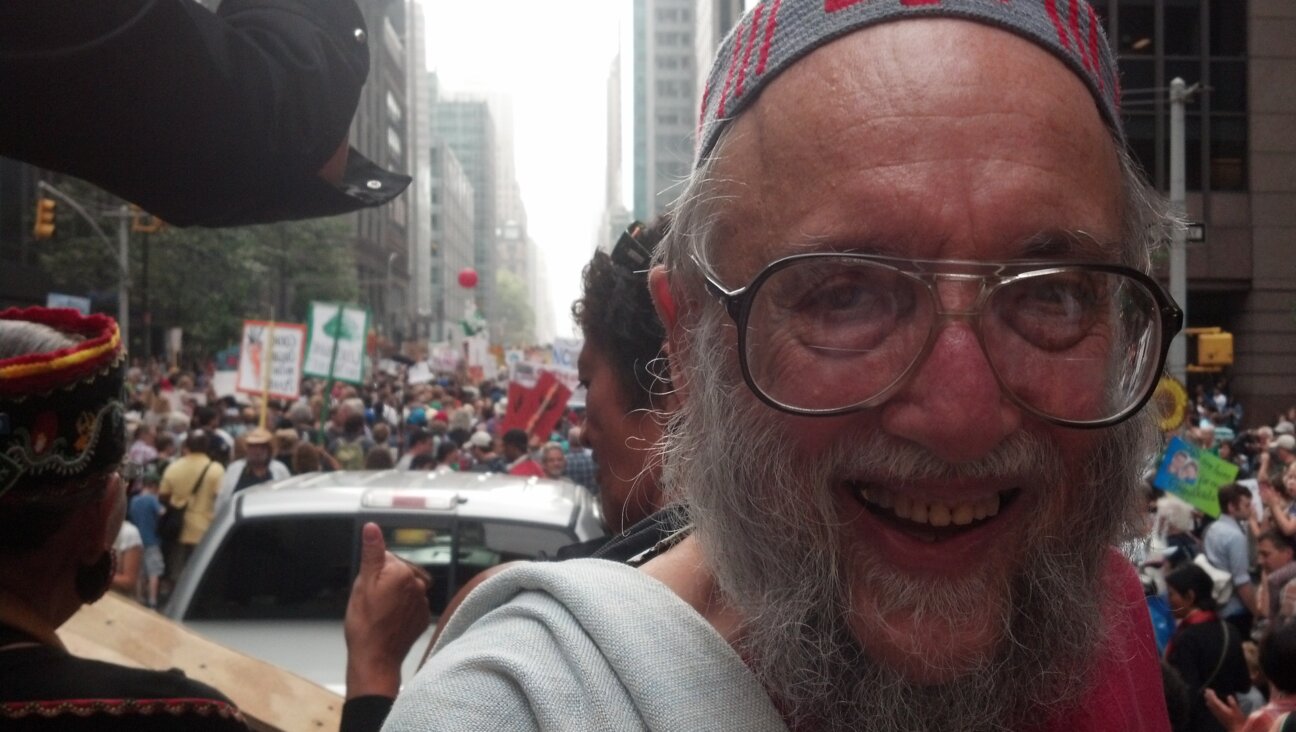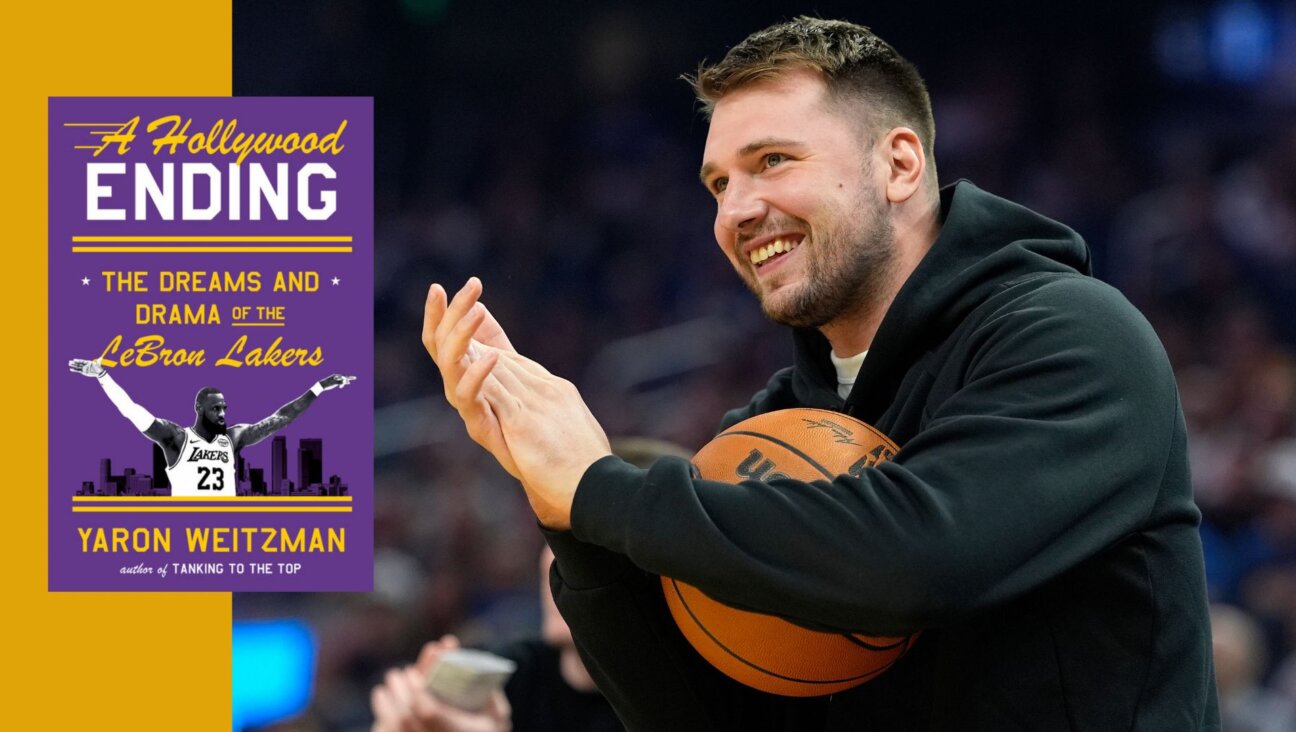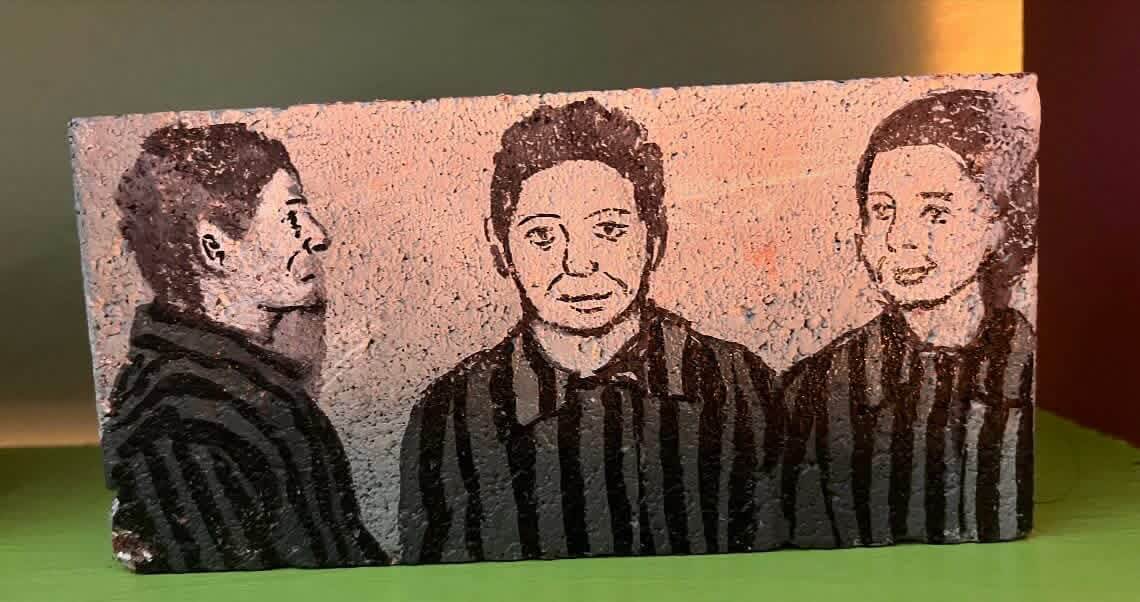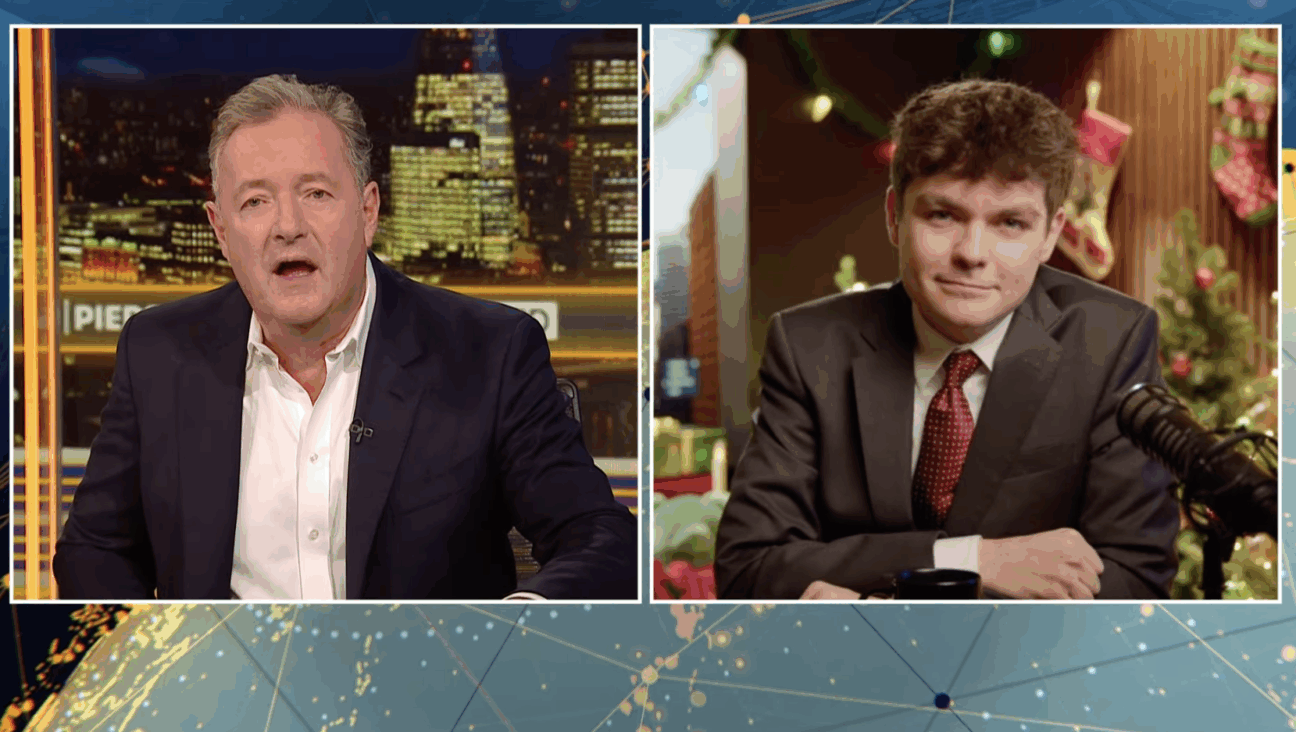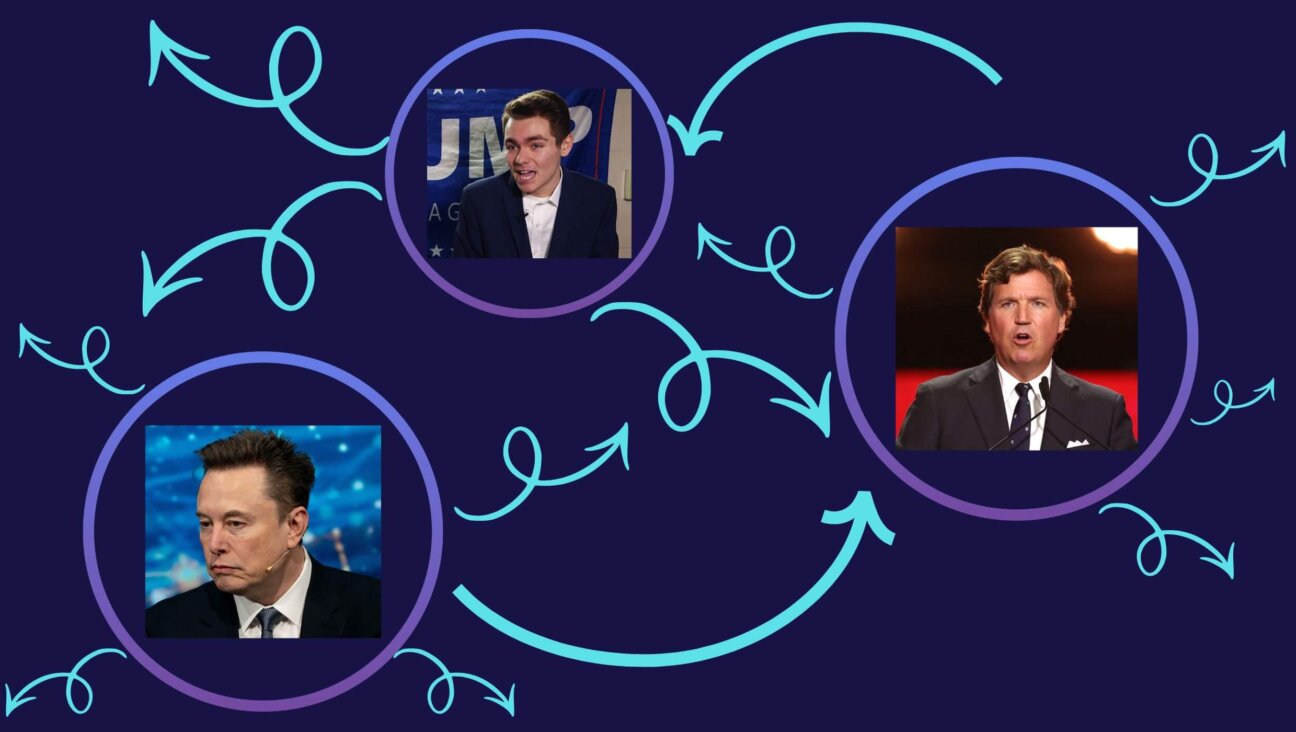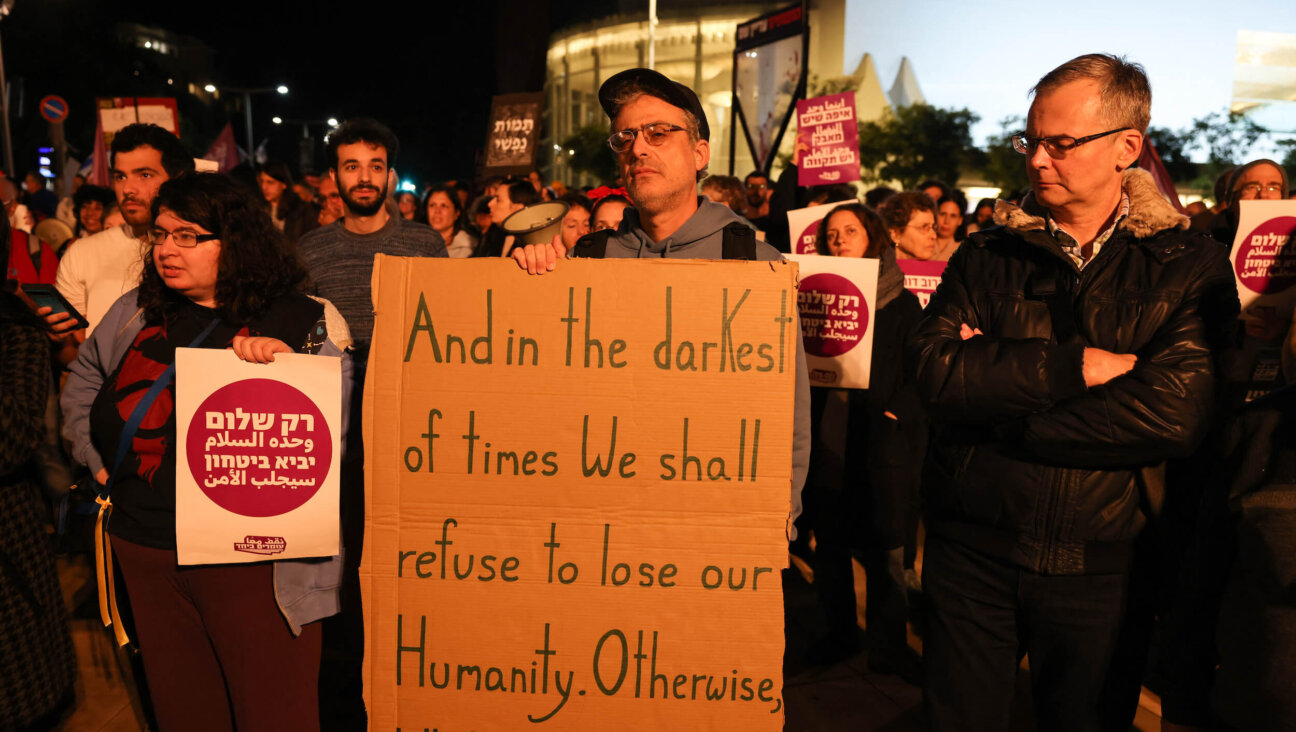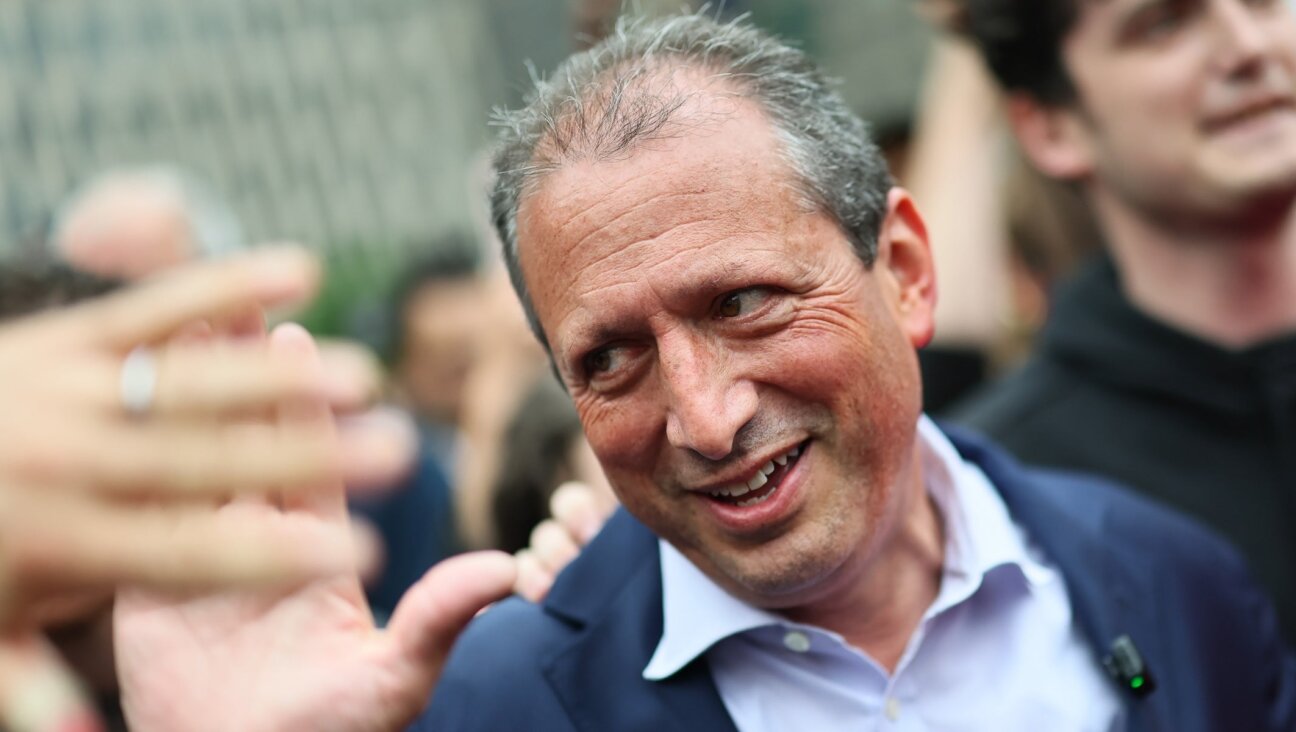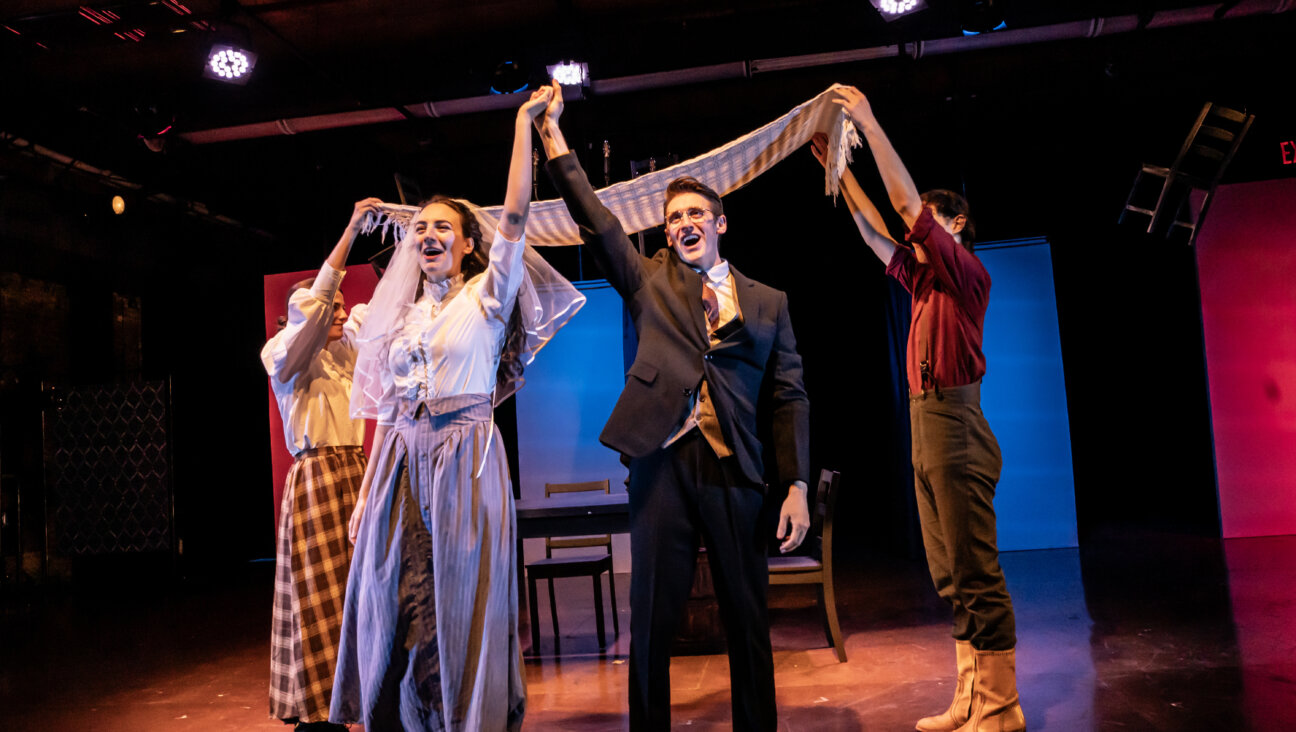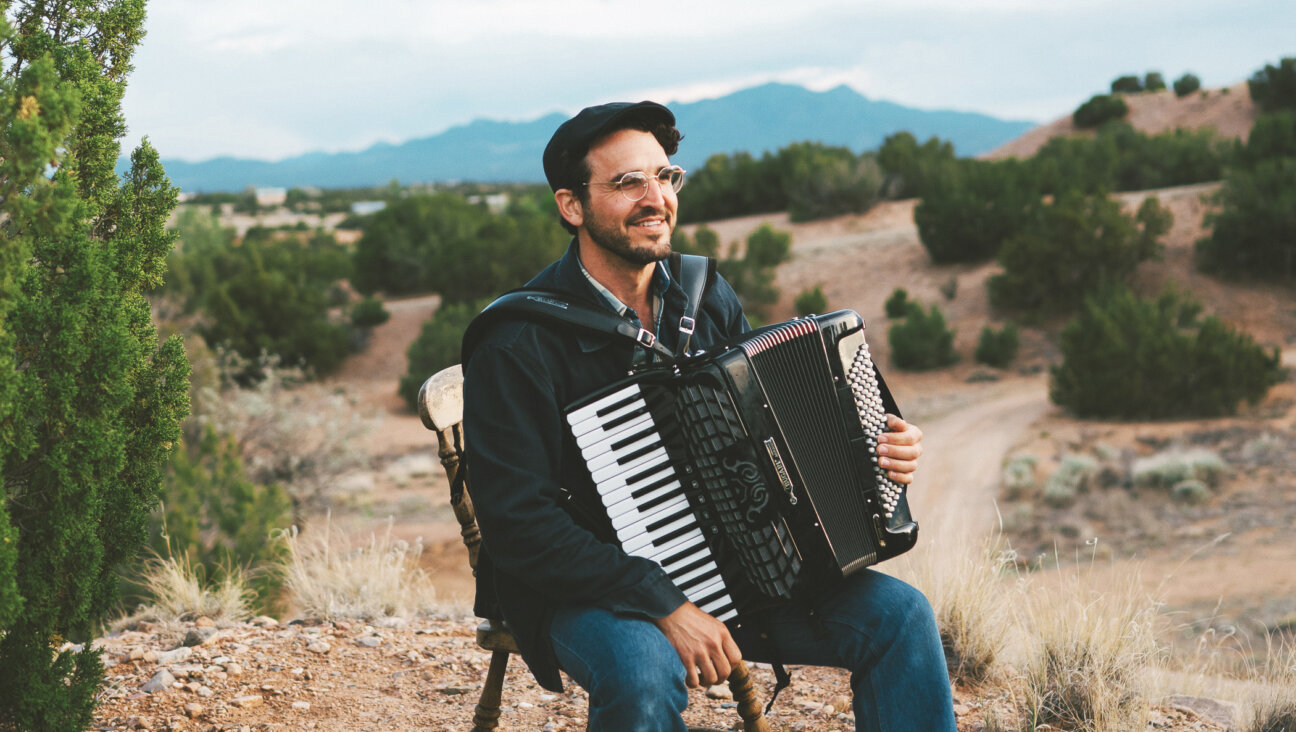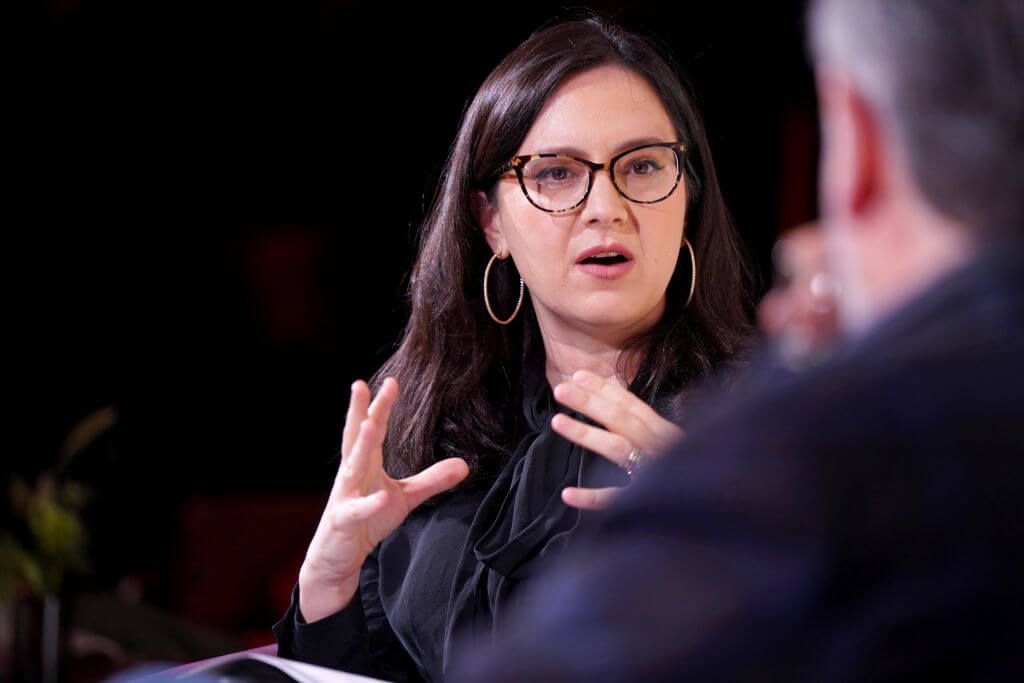It was one of klezmer’s greatest days — will there ever be another?
Leo Sorel’s 2007 photograph was both tribute to and proof of the success of America’s klezmer revival
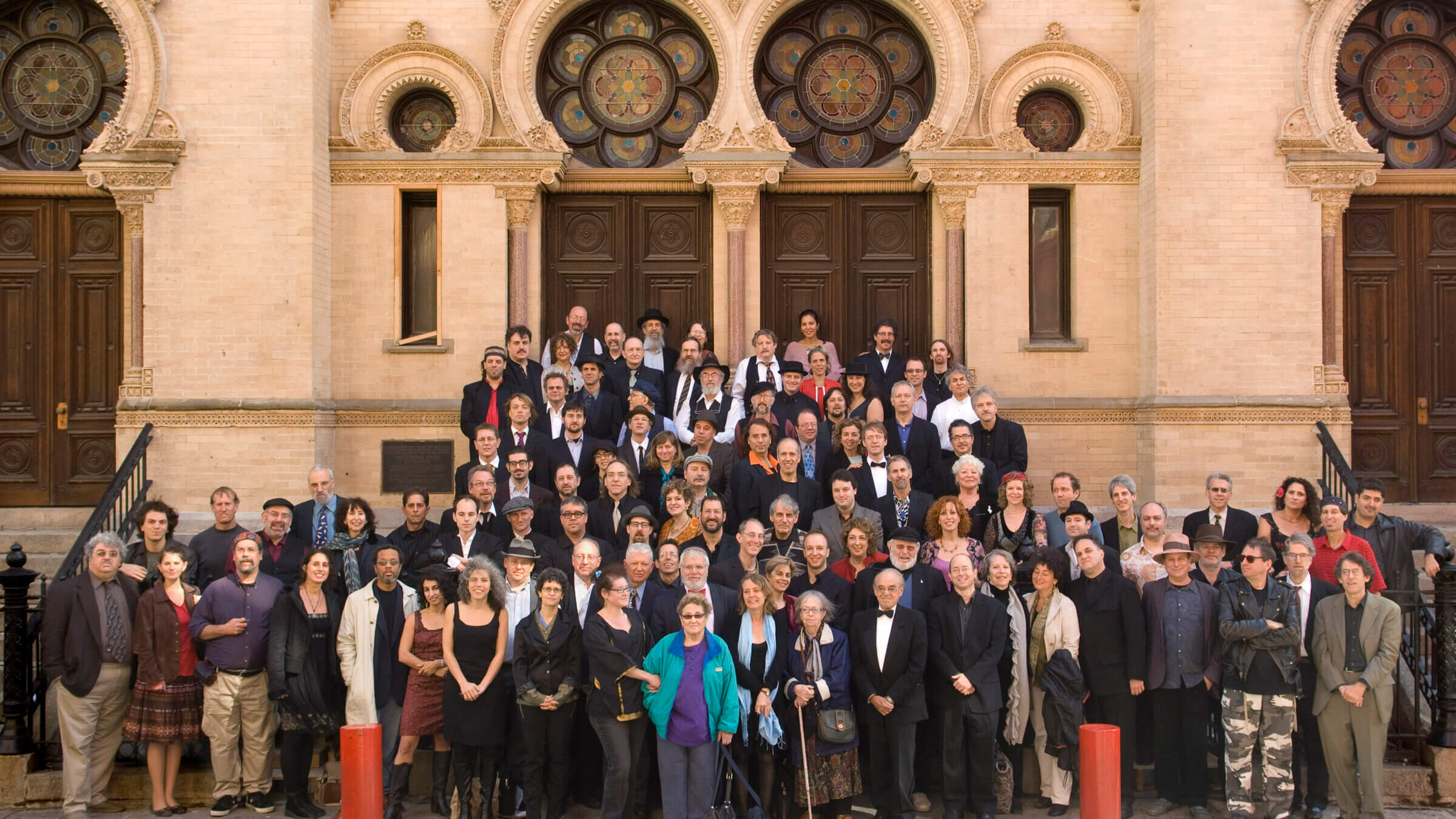
America’s Klezmer Revivalists pose in front of the Eldridge Street Synagogue, New York City, Oct. 12, 2007 Courtesy of Yale Strom
18 years ago, America’s finest and most influential klezmer musicians gathered on the steps of the historic Eldridge Street Synagogue, on Manhattan’s Lower East Side, for a photograph.
The picture was organized by Yale Strom, a violinist and klezmer musician who, having watched ‘A Great Day in Harlem,’ a documentary about Art Kane’s celebrated 1958 shot of America’s best-known jazz musicians, sought to do something similar by assembling those responsible for America’s klezmer revival. Strom called the photo, which was taken by Leo Sorel, ‘A Great Day On Eldridge Street’.
Whereas most of the musicians in Kane’s photograph knew each other, and indeed were friendly, a good few of Strom’s klezmer musicians had never met. “It certainly brought together a lot of people who had never been together at the same place at the same time,” recalled Hankus Netsky, a founding member of the Klezmer Conservatory Band and a central figure in the klezmer revival.
For Strom, this remains the photograph’s abiding achievement. “I accomplished something no one had ever done,” he told me. “And most likely never will.”
Several of the 106 musicians photographed that day have since passed away, including Theodore Bikel, one of the founders of the Newport Folk Festival; Elaine Hoffman Watts, the first female graduate of Philadelphia’s Curtis Institute of Music; and renowned Yiddish poet and songwriter Beyle Schaechter-Gottesman. But American klezmer has continued to grow in popularity, thanks to the contributions of Don Byron, John Zorn, Jake Shulman-Ment, and Pete Rushefsky, among numerous other performers.
‘A Great Day on Eldridge Street’ was partly a celebration of American klezmer’s New York roots, and of the Lower East Side’s historic Eastern European Jewish immigrant community, but since 2007, the klezmer revival, which began in the late 1970s, has taken on an increasingly international character. “There’s a lot more access to international workshops now, and klezmer’s presence in the global music scene is only increasing from year-to-year,” Netsky said.
“The music is larger and more varied,” Strom added. “More sounds, more venues, more academic study, and more global cross-pollination.”
And though the 2007 photo cannot be recreated, it is past time for a sequel, Netsky said — one that honors “the incredible dedication and virtuosity of the younger generation.”
